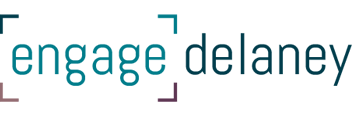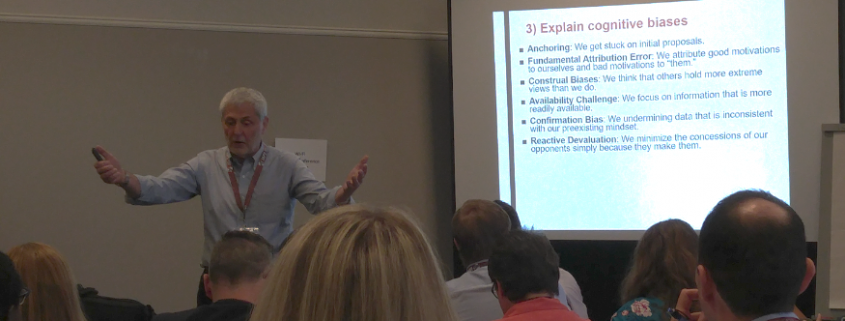Engagement in the Age of “Truth Decay”
Polarization. Confirmation bias. Fake news.
What does it mean to be a neutral, third-party engagement practitioner and facilitator in the modern environment of declining trust in officials and institutions and rising credence in social influencers and click bait?
This important question was explored at “Prevent Truth Decay”, one of the many excellent workshops and learning sessions at the iap2 North American Conference, held Sept. 5-7 in Victoria. Session presenters and American public policy mediators Sam Imperati and Devin Howington outlined the Rand Corporation’s research on the trends, drivers and consequences of Truth Decay, and offered session participants a number of tools to help “make the truth stick” for our stakeholders, clients and project sponsors.
In addition to offering some tangible tools I’m looking forward to trying, this session posed some challenging questions that still have me pondering:
- What’s your definition of “fact”? Turns out there are a few out there, and – surprise – they can be subjective. (“Alternative facts” anyone?)
- Is there a distinction between “fact” and “truth”? If so, what’s the difference?
- As engagement practitioners, do we have an obligation to help stakeholders find the truth, or are we only obligated to capture their “truth”?
- Are we influencing our stakeholders with our engagement-related communications?
- Whose facts are privileged?
There are no easy answers here, but perhaps some fuel for interesting, deep conversations with colleagues or even around the dinner table.
As for the tools for preventing truth decay, here are a few of the nuggets I’m taking away from this conference session:
- Draw on the knowledge of cognitive psychology and learn about how people evaluate the truth of a statement. For example, did you know that “assess general acceptance by others” comes before “gauge the amount of supporting evidence”? Apply this knowledge in your engagement, communications and session planning.
- Make the true information as easy as possible to understand.
- Remind people their beliefs are not them. Help participants decouple their beliefs with their identity.
- Allow people to change their minds. Help normalize changing minds within a group. Offer the mind an excuse or an “out”. For example, in the face of new information, help people to see that the previous belief was reasonable and “right”, given the information that was known then. But now that the underlying facts have changed, so should the mind.
I’ve seen this last one in action, and it’s both simple and powerful. At the first meeting of an advisory committee, we were discussing our operating values (a.k.a. ground rules; rules of engagement) and a committee member suggested: “It’s okay to change our minds”. The group agreed to add this to the operating values, and so we started each meeting with this reminder. While I can’t say for sure it was the influence of that value, the committee members remained open to each other’s perspectives and a consensus was reached.
No doubt we as engagement practitioners and facilitators will continue to face challenges related to facts vs. opinions, providing information vs. allowing participants to share their truth, and increasing skepticism and distrust in the officials and institutions sponsoring our engagements.
As my conference colleagues pointed out in our small-group discussion, in addition to these tools and suggestions we must proceed in all our work with transparency, accountability, equity and, I would add, compassion, openness and authenticity. And, to pull a piece of wisdom from a different conference session, with the acceptance that it won’t be perfect!



